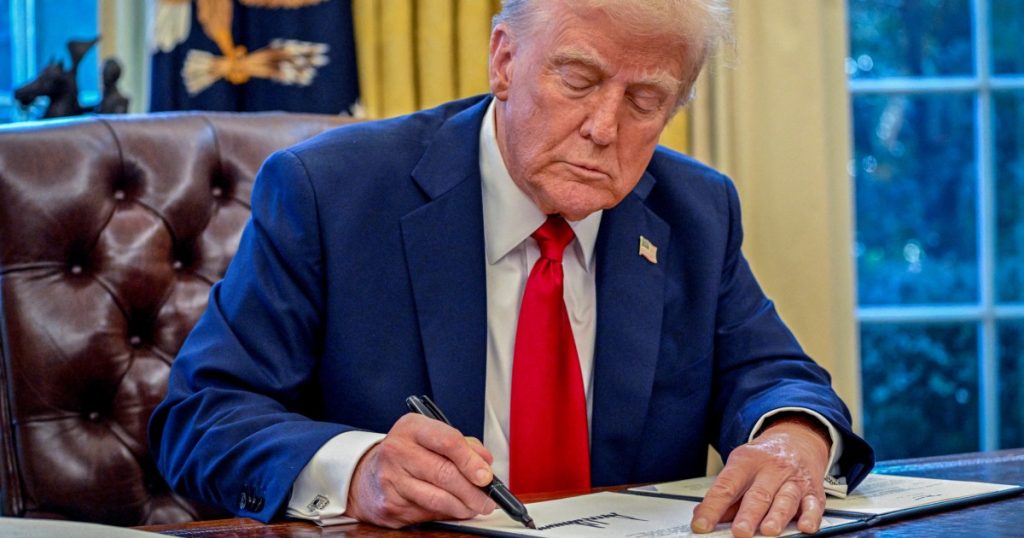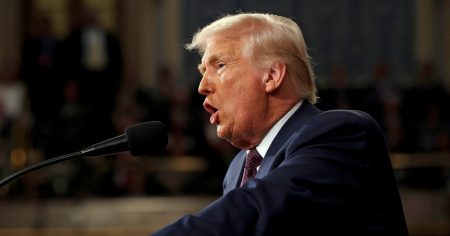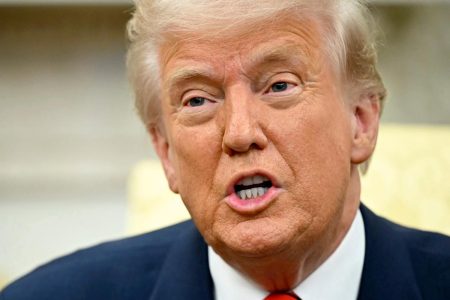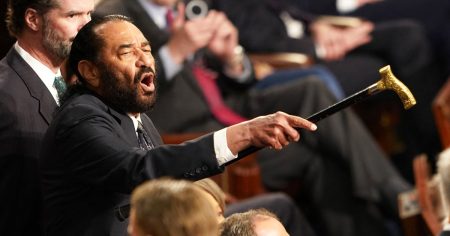President Donald Trump made a significant move in trade policy on Monday by imposing a 25% tariff on all steel and aluminum imports entering the United States. This decision, which Trump referred to as “a big deal” and “the beginning of making America rich again,” was announced during a signing ceremony in the Oval Office. The tariffs apply universally to all countries without exceptions or exemptions, marking a bold step in Trump’s efforts to reshape U.S. trade policies. This move comes just one week after Trump had promised to suspend tariffs on Canada and Mexico, suggesting a shift in strategy or a broader geopolitical play.
The tariffs revoked the previous exemptions for Canada and Mexico, which had been in place since 2018, and increased the aluminum tariff from 10% to 25%. This mirrors the steel and aluminum tariffs Trump imposed during his first term, though the rationale this time around is less explicit. Previously, the tariffs were justified on national security grounds, but now the focus seems to be on boosting domestic industries, reducing the U.S. trade deficit, and addressing what Trump describes as countries “taking advantage of” American businesses. According to Peter Navarro, Trump’s trade adviser, the tariffs are designed to end foreign dumping, increase domestic production, and ensure that the U.S. does not rely on foreign nations for critical industries like steel and aluminum.
However, not everyone is convinced that the tariffs will achieve their intended goals. Many analysts view the tariffs as a negotiating tool intended to pressure other countries into making concessions in trade deals. For instance, Capital Economics analysts suggest that Trump may be taking a more measured approach to trade negotiations by using the threat of tariffs to force reciprocal agreements. While this could lead to more balanced trade relationships, it also risks inflaming tensions with key allies and trading partners. The tariffs have already sparked concern among some American firms, particularly those reliant on imported materials, as they could lead to higher costs and inflation.
The United Steelworkers Union, a group that might seem to benefit from the tariffs, has cautioned against applying the measures too broadly. In a statement, the union argued that the U.S. should differentiate between trusted trade partners, such as Canada, and countries accused of undercutting American industries. Canada, in fact, is the largest supplier of steel to the U.S., followed by Brazil, Mexico, South Korea, and Vietnam. This highlights the complexity of the issue, as blanket tariffs could harm relationships with key allies while failing to address the root causes of unfair trade practices.
Despite these concerns, Trump appears committed to his approach, framing the tariffs as a necessary step to protect American industries and workers. The move aligns with his “America First” agenda, which emphasizes domestic economic strength and self-reliance. However, critics argue that the tariffs could backfire by leading to retaliatory measures from other countries, potentially harming U.S. exporters and consumers alike. Additionally, the tariffs could exacerbate inflationary pressures, which might limit the Federal Reserve’s ability to lower interest rates in response to economic challenges.
In summary, Trump’s decision to impose 25% tariffs on steel and aluminum imports represents a significant escalation in his trade policy, driven by a desire to reduce the U.S. trade deficit, protect domestic industries, and address perceived unfair trade practices. While supporters argue that the tariffs will boost American manufacturing and secure critical industries, critics warn of the potential for higher costs, trade wars, and unintended economic consequences. As the situation unfolds, the impact of these tariffs on the global economy and U.S. trade relationships will be closely watched.









